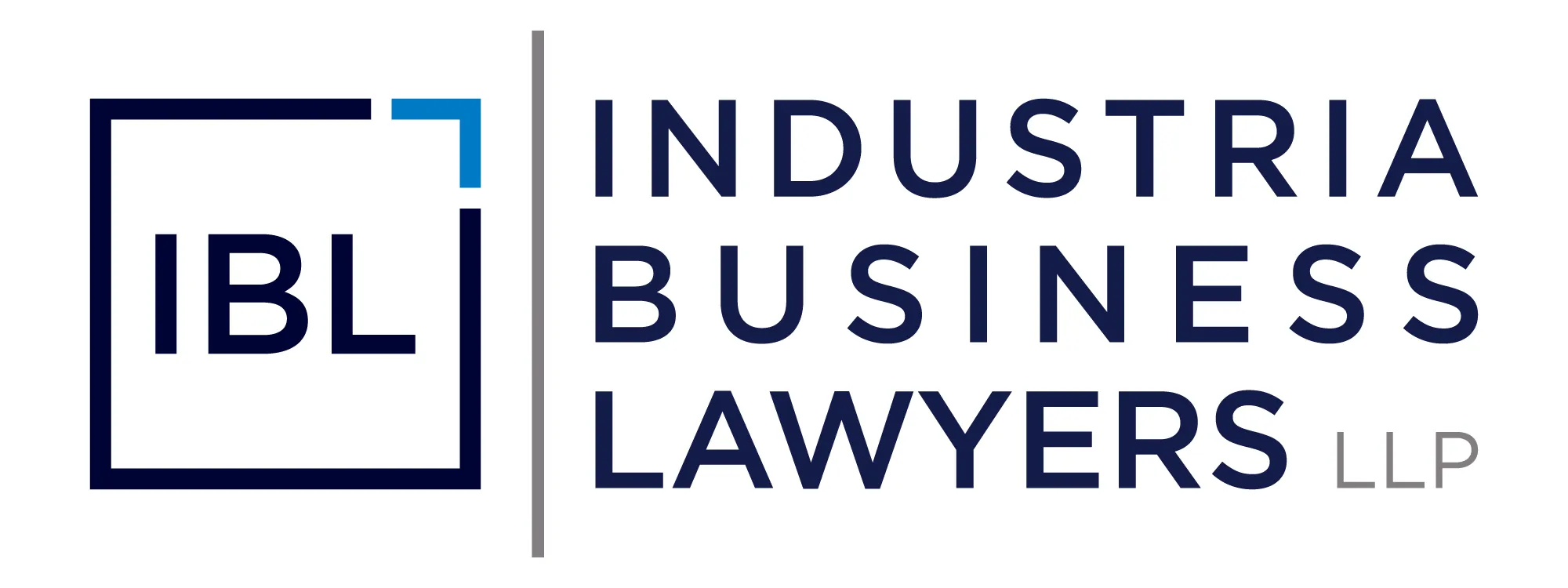Written by: Aaron Krowne, Esq.
The Securities and Exchange Commission (SEC) has introduced practical new guidance that makes it easier to verify accredited investor status in private offerings. Through a recent no-action letter, the agency has lowered the friction involved in Rule 506(c) offerings, allowing issuers to rely on more streamlined verification methods without sacrificing investor protection.
This marks a meaningful shift in how private capital can be raised and accessed, easing administrative burdens while preserving essential investor protections.
Why This Matters
For years, gaining access to private market investment opportunities (think venture capital, private equity, crypto-token pre-sales, and other alternatives) has hinged on accredited investor status (i.e., whether the investor-to-be meets a certain income or assets threshold to be able to “bear the burden” of loss of the investment – which is spelled out in Rule 501(a) of the SEC’s regulations).
But for years, a key friction point has persisted: to “prove” you’re an accredited investor, in the eyes of the SEC, generally meant turning over sensitive financial documents like tax returns, bank statements, detailed account balances, or getting a lawyer, financial adviser or CPA attestation letter (the latter, potentially itself more of a burden than producing the primary financial documents). This created extra compliance work for issuers and privacy concerns for investors, not to mention an additional hassle on their side as well.
On March 12, 2025, the SEC addressed this issue with a no-action letter that fundamentally redefines how accredited investor status can be validated in certain offerings, offering a more flexible path forward.
What the SEC’s No-Action Letter Says
The Division of Corporation Finance issued this letter in response to a request from Latham & Watkins LLP, dated March 6. It addresses the verification requirements under Rule 506(c) of Regulation D, which permits general solicitation and advertising—provided every purchaser is verified as an accredited investor.
The new guidance makes one thing clear: under the right conditions, issuers can establish that they’ve taken “reasonable steps” to verify accredited investor status when investors meet specific minimum investment thresholds and provide certain written representations.
Specifically, the framework provides:
- For natural persons: a minimum investment of $200,000 (including amounts subject to binding commitments)
- For legal entities: a minimum investment of $1,000,000
- OR, for entities accredited solely by virtue of their equity owners’ status: either $1,000,000 total or $200,000 per equity owner if there are five or fewer natural persons.
In addition to meeting these thresholds, investors must provide written representations affirming that:
- They qualify as accredited investors under Rule 501(a); and
- The investment is not financed by a third party specifically for the purpose of making the investment.
Issuers must also have no actual knowledge contradicting these representations.
Once the foregoing minimal points are met, it’s deemed sufficient “proof,” in the SEC’s eyes. No bank statements, no tax returns. Just a clear threshold and a straightforward attestation. (Note that, of course, the issuer still cannot have actual knowledge that the putative investor is not actually accredited).
Why This Is a Positive Development
This guidance solves a persistent problem in Rule 506(c) offerings and removes a major deterrent for both investors and issuers:
- It removes risk associated with lingering legal questions as to whether “enough checking was done” or “enough proof obtained” to establish accredited investor status in any individual case, should the SEC ever audit an issuer.
- It’s a more “natural fit” for the circumstances, since dispositive contextual information (such as direct familiarity between issuer and investor, or the size of or nature of the investment) typically is present and strongly implies accredited status is actually-met;
- Instead of handing over tax returns or detailed financial statements, qualified investors can verify their status by making a significant investment and signing written representations. It’s a private way to meet the requirements—without stepping outside the bounds of the regulatory framework.
- This gives issuers a clearer, more workable process for verification. Rule 506(c) may sometimes be avoided because of the hassle and risk involved in establishing accredited status. Now, with defined thresholds and a more straightforward standard, issuers have a framework they can use confidently and without guesswork.
- It could unlock far greater use of Rule 506(c) for the market. In 2023, only $169 billion was raised under 506(c), compared to $2.7 trillion under 506(b)—mainly because of the hassle involved in investor verification. This letter directly addresses that bottleneck.
Most importantly, the SEC hasn’t sacrificed investor protections. The approach is still grounded in objective thresholds and formal representations, allowing issuers to comply without adding unnecessary complications.
Who Stands to Benefit
This change provides tangible benefits to nearly every corner of the private investment ecosystem:
- High-net-worth individuals gain faster and easier access to alternative investments. If someone is ready to invest $200,000 or more, it’s a strong indicator they meet the accredited investor criteria. Now, they can demonstrate it without intrusive financial documentation that has essentially been serving as “busywork” until now.
- Issuers and investment platforms can streamline their onboarding, reduce compliance burdens, and deploy capital faster. The change is particularly valuable for emerging managers and tech-enabled platforms, who can now adopt standardized verification processes with greater confidence in meeting SEC expectations.
- Blockchain token-issuers may benefit, as the famously paperwork-averse, tech-heavy sector can now more-easily qualify token pre-sale or RWA security token purchasers based on investment size alone.
- As private capital markets continue to evolve, Regulation D offerings, as amended and liberalized pursuant to the JOBS Act of 2012 by establishing Rule 506(c), may finally get the broader use that was intended, opening the door to more creative fundraising models, broader investor access, and flexible deal terms that better suit today’s investment structures.
What Should You Do Next
If you’re an issuer, platform, or investment firm, this is the moment to revisit how you deal with accredited investor status:
- Update your internal policies and workflows to reflect this new option under Rule 506(c).
- Consider using these investment thresholds as part of your standard verification path.
- Create investor representation forms that include the language outlined in the no-action letter.
- Train your investor relations and compliance teams on the updated verification approach.
- Evaluate current offerings to see if this approach can simplify ongoing capital raises.
- Reassess your fundraising strategy—especially if you’ve avoided 506(c) due to verification complexity. That barrier may no longer be a factor.
IBL would be happy to discuss how we can assist you in taking these steps, as well as in associated advisory.
Final Takeaway
The SEC’s March 12 no-action letter refines the rules in a way that reflects how capital is raised today, targeting to fix a longstanding problem, one that enables broader use of Rule 506(c) and more efficient capital formation.
It’s also a sign that the SEC is now more willing to take a practical, principles-based approach when it comes to balancing investor protection with market access.
If you’re considering how this change might apply to your investment strategy or capital raise, we’re here to help. Let’s talk and discuss how this news may apply to your specific needs.
¹ See https://www.sec.gov/files/2023-oasb-annual-report.pdf


